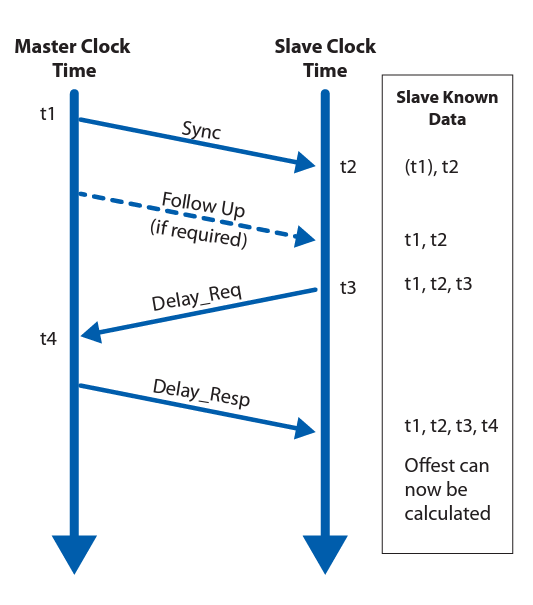Timekeeping¶
systemd-timesyncd.service¶
Systemd has introduced their own SNTP implementation called timesyncd. Timesyncd only implements a subset of the NTP protocol, which is why it's called SNTP. It has been used since Debian "bookworm", and by extension, Ubuntu (which is downstream of Debian).
timedatectl¶
This is a command that can be used to view the current status of time synchronization.
$ timedatectl timesync-status
Server: 91.189.91.157 (ntp.ubuntu.com)
Poll interval: 34min 8s (min: 32s; max 34min 8s)
Leap: normal
Version: 4
Stratum: 2
Reference: 84A36001
Precision: 1us (-24)
Root distance: 24.421ms (max: 5s)
Offset: -15.315ms
Delay: 48.943ms
Jitter: 10.320ms
Packet count: 9
Frequency: -23.604ppm
chrony¶
chrony implements the full NTP protocol and is often a replacement for timesyncd. A comparison of chrony against other implementations can be found here.
ntp¶
Network Time Protocol gives millisecond, and sometimes sub-millisecond, level of precision. It's based off of software timestamping which contributes to the reduced precision as compared to PTP. This is the standard implementation that is used when millisecond-level precision is acceptable.
ptp¶
Precision Time Protocol is a much more accurate form of network timekeeping, capable of reaching nanosecond and sometimes sub-nanosecond precision. It is typically driven off of GPS signals into a datacenter and replicated through a series of boundary clocks. By default it uses multicast routing. Managing PTP is a more complex protocol. It can be used with either software or hardware timestamping.
The PTP protocol uses a multi-step, two-way message exchange that allows clocks to account for network latency.


